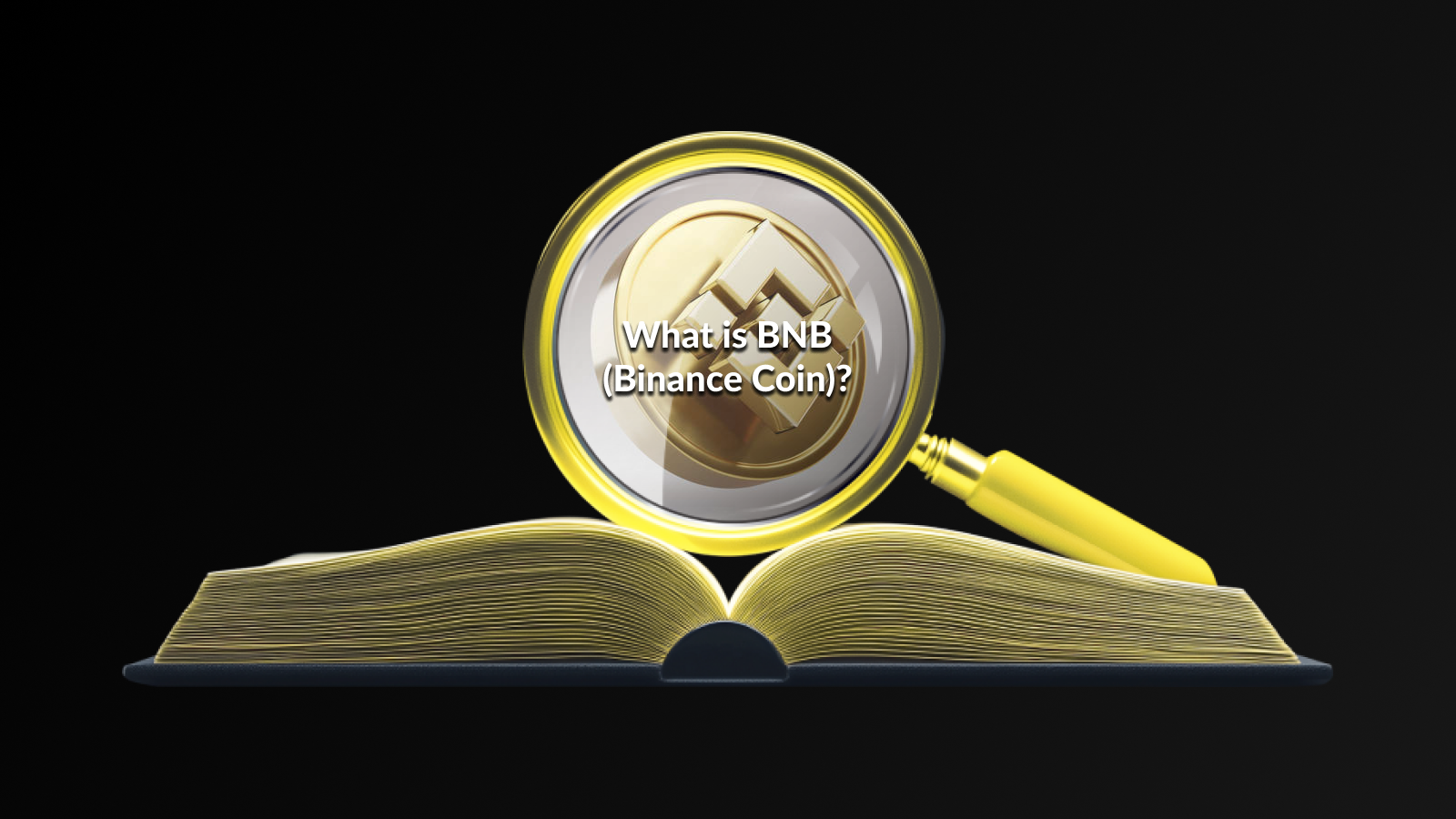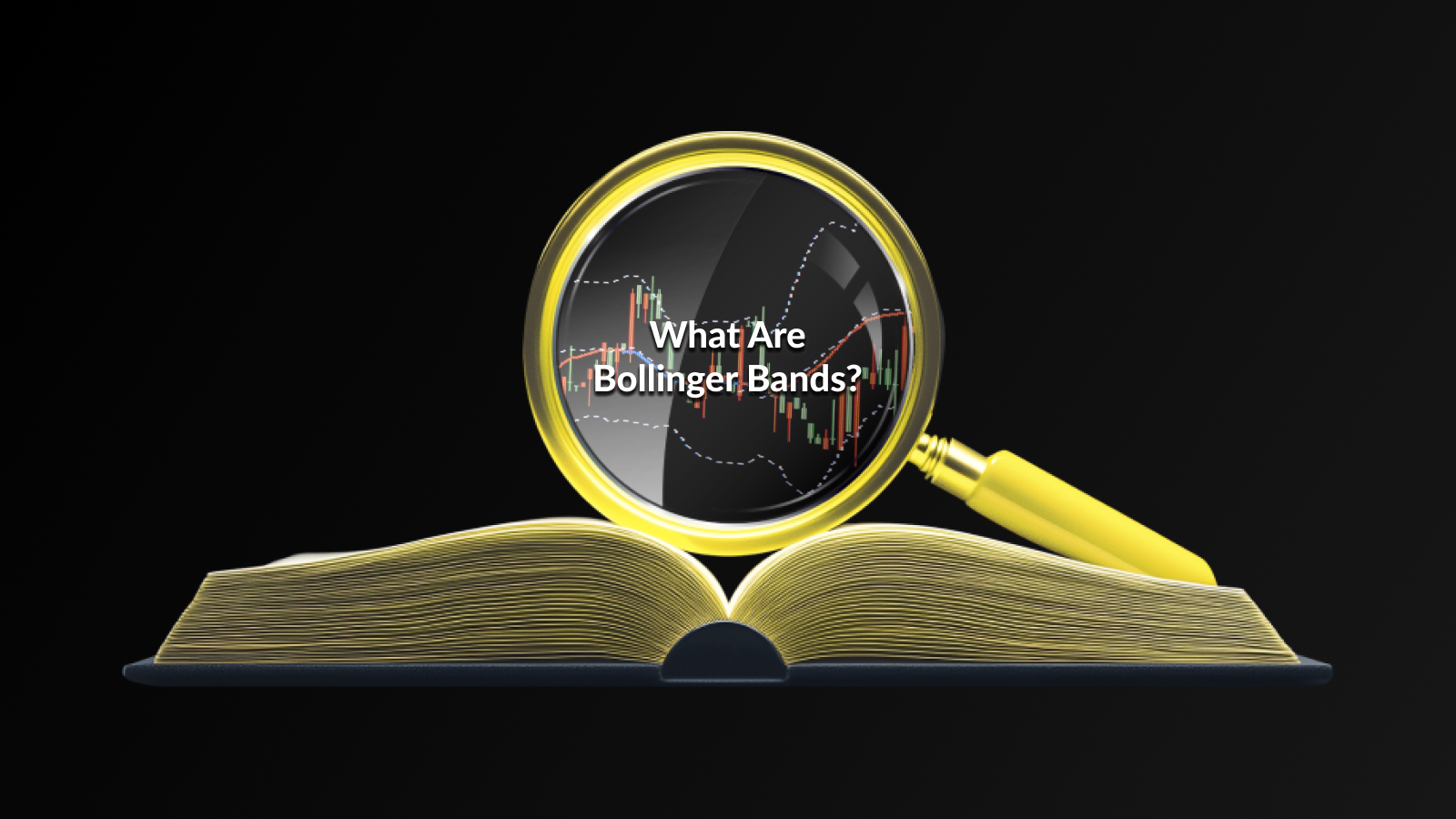Introduction
Explore the mechanics of block rewards in cryptocurrency, their significance, challenges, and future trends. Discover how they impact blockchain technology today.
The concept of Block Reward in Cryptocurrency is fundamentally tied to the mechanics of blockchain networks. It serves as an incentive for miners to validate transactions and maintain the integrity of the decentralized ledger. Without this incentive, the security and functionality of these networks would be at risk, as there would be little motivation for individuals to invest their computational power.
When miners successfully solve cryptographic puzzles and add a new block to the chain, they are rewarded with a specific amount of tokens or coins. This reward typically consists of two components: the block subsidy, which is a fixed number of coins, and transaction fees from the transactions included in that block. Understanding the intricacies of block rewards is essential for anyone interested in how cryptocurrencies function and the financial implications for miners.
Furthermore, the evolution and changes in block rewards can have significant effects on the market dynamics of cryptocurrencies. As block rewards are reduced or halved over time, it can lead to various fluctuations in supply and demand, affecting not only miner profitability but also investor sentiment.
Overall, the block reward mechanism plays a pivotal role in the sustainability and growth of cryptocurrency ecosystems, shaping the future landscape of digital currencies.
How Do Block Rewards Work?
A Block Reward in cryptocurrency primarily serves as an incentive for miners or validators who contribute their computational power to maintain the blockchain network. When a miner successfully validates a block of transactions, they are rewarded with a specified amount of cryptocurrency. This process is integral to the operations of proof-of-work (PoW) systems, where miners compete to solve complex mathematical problems. Once a problem is solved, the miner announces the newly validated block to the network.
The reward consists of two main components: the fixed number of coins awarded for creating a block and the transaction fees from the transactions included in that block. The block reward serves not just as a financial incentive but also helps regulate the issuance of new coins and stabilizes the blockchain by encouraging timely validation of transactions.
Over time, as a cryptocurrency network matures, the Block Reward is often reduced—this phenomenon is known as ‘halving.’ Halving events lead to a decrease in the creation of new coins, which is designed to make the cryptocurrency more scarce and valuable over time. This dynamic impacts miner motivation and can significantly influence the market dynamics of the cryptocurrency.
Components of a Block Reward
A Block Reward in cryptocurrency is a crucial component that incentivizes miners and validators to maintain the integrity of the blockchain. Essentially, the total reward received for successfully creating a new block consists of two main components: the block subsidy and transaction fees.
The block subsidy is the primary portion of the Block Reward and is a fixed number of coins awarded to the miner who solves the cryptographic puzzle and adds a new block to the blockchain. This subsidy decreases over time through events known as halving, which helps regulate the supply of the cryptocurrency.
Transaction fees, on the other hand, are collected from users who wish to prioritize their transactions. When users create transactions, they often add a fee to encourage miners to include their transactions in the next block. These fees become increasingly significant as the block subsidy diminishes, ensuring that miners continue to have a financial incentive to validate transactions.
Together, these components form the structure of the Block Reward, creating a sustainable ecosystem around cryptocurrency mining. Understanding how these elements interact is essential for comprehending the broader implications of blockchain technology and its economic model.
Significance of Block Rewards
The Block Reward plays a crucial role in the cryptocurrency ecosystem by incentivizing miners and securing the network. It serves as a financial reward for the computational work done to validate transactions and add them to the blockchain. This incentivization is essential for maintaining a decentralized system where no central authority regulates transactions.
One of the primary significances of the Block Reward in Cryptocurrency is that it encourages participation. Miners are motivated to invest in hardware and energy costs because the potential rewards can outweigh these expenses. This active participation helps to ensure that transactions are processed in a timely manner and that the network remains robust against potential attacks.
Furthermore, the Block Reward maintains the integrity and security of the blockchain. Each new block added to the chain is tied to the previous one, creating an immutable ledger. As miners compete to solve complex mathematical puzzles, they contribute to the verification process that prevents double-spending and fraud. In essence, the rewards not only benefit the miners but also fortify the infrastructure that supports the entire cryptocurrency network.
Additionally, the existence of Block Rewards promotes the concept of scarcity within the cryptocurrency environment. As block rewards are structured to halve at specific intervals, this leads to a decrease in the number of new coins generated over time. Such a mechanism can enhance the value of the cryptocurrency as demand increases relative to supply.
The significance of Block Rewards extends beyond mere financial gain for miners. It underpins the security, integrity, and sustainability of cryptocurrency networks, ensuring their operational efficiency in an increasingly digital financial landscape.
Block Rewards and Halving Events
In the world of cryptocurrency, the block reward plays a pivotal role in maintaining the network’s integrity and ensuring that transactions are verified securely. One significant aspect of block rewards is the phenomenon known as halving events. These events occur at predetermined intervals within blockchain networks, particularly Bitcoin, and they have profound implications for both miners and the overall cryptocurrency ecosystem.
Halving events reduce the block reward awarded to miners by half, effectively controlling the rate of new coin production and introducing scarcity into the cryptocurrency. This mechanism is programmed into the Bitcoin protocol and occurs approximately every four years or every 210,000 blocks mined. As a consequence of these events, the block rewards decrease over time, which can lead to increased demand for the existing supply of coins.
The effects of halving on the market have historically led to significant price fluctuations. As the reward diminishes, miners need to operate more efficiently and focus on increasing their operational capabilities. This leads to innovation in mining technology and practices, which may further influence the cryptocurrency’s market dynamics.
Moreover, halving events draw attention from investors and traders alike, often resulting in increased market speculation. Understanding the relationship between block rewards and halving events is essential for anyone looking to navigate the complexities of cryptocurrency investments.
Halving events are a critical component of how block rewards function in cryptocurrency, shaping not only the economic aspects of the coin but also influencing miner behavior and market trends.
Challenges Associated with Block Rewards
The concept of Block Reward in Cryptocurrency comes with its own set of challenges that can impact both network efficiency and user experience. Below are some of the notable issues associated with block rewards:
- Incentive Misalignment: As block rewards decrease through halving events, miners may find it less profitable to continue mining. This can lead to a reduction in network security if a significant number of miners decide to exit the market.
- Market Price Volatility: Block rewards can influence the market price of cryptocurrencies. As mining rewards are halved, there might be pump-and-dump schemes that could lead to price instability, creating an unpredictable environment for both miners and investors.
- Centralization Potential: The increasing difficulty of mining can result in centralization as only those with significant resources can afford to mine competitively. This undermines the decentralized ethos of cryptocurrencies.
- Regulatory Challenges: As block rewards incentivize mining, governments may introduce regulations that affect mining operations, particularly concerning energy consumption and environmental impact.
- Technical Challenges: Changes in the block reward structure can lead to technical adjustments in the blockchain protocol that could result in temporary or permanent disruptions if not handled properly.
While block rewards play a crucial role in the cryptocurrency ecosystem, they also present challenges that must be navigated carefully to maintain a healthy and decentralized blockchain network.
Future of Block Rewards
The future of block reward systems in cryptocurrency is a topic of considerable debate among enthusiasts and experts alike. As the digital asset landscape continues to evolve, several key factors will influence how these rewards are structured and distributed.
1. Sustainability of Mining
As block rewards diminish over time, particularly with events like Bitcoin’s halving, miners may face increased pressure to maintain profitability. Consequently, there’s a potential shift towards alternative consensus mechanisms, such as Proof of Stake (PoS), that offer different incentives without relying heavily on mining.
2. Network Upgrades and Changes
The future may also see upgrades to existing blockchain networks aimed at improving efficiency, security, and the overall user experience. These changes can directly impact block rewards, potentially altering the incentives for miners and validators.
3. Regulatory Environment
Future regulations will play a crucial role in determining the structure of block rewards. As governments around the world strive to create a more compliant environment for cryptocurrencies, new frameworks could arise that may affect the distribution models of block rewards in significant ways.
The future of block rewards in cryptocurrency is likely to be shaped by technological innovations, changes in mining practices, and regulatory frameworks, leading to a dynamic and evolving landscape.
Conclusion
The Block Reward in Cryptocurrency serves as a crucial mechanism within blockchain networks, incentivizing miners and validating transactions. Understanding the intricacies of block rewards is essential for anyone looking to invest or engage in cryptocurrency. Not only do they play a significant role in maintaining the security and integrity of the blockchain, but they also affect the overall supply of the cryptocurrency in circulation.
As we move forward, the significance of block rewards will likely evolve, especially considering the various challenges and changes that accompany halving events and the shifting dynamics of the mining landscape. Keeping an eye on these developments will be key for participants and investors within the cryptocurrency ecosystem.
With ongoing advancements in technology and fluctuations in market conditions, the future of block rewards remains intriguing and complex. Stakeholders must stay informed to navigate this ever-changing environment effectively.
Understanding how block rewards work not only enhances your grasp of cryptocurrency but also prepares you for potential opportunities in the evolving world of digital currencies.
Frequently Asked Questions
What is a block reward?
A block reward is an incentive given to a cryptocurrency miner or validator for successfully adding a new block to the blockchain.
How is the block reward determined?
The block reward is usually predetermined by the cryptocurrency’s protocol and can change over time, often through events like halving.
What role does the block reward play in cryptocurrency mining?
The block reward serves as an incentive for miners to secure the network and validate transactions, helping to maintain the integrity of the blockchain.
Are block rewards the only incentive for miners?
No, miners also earn transaction fees from users as part of their rewards for including those transactions in a block.
What happens to the block reward over time?
Over time, many cryptocurrencies implement a mechanism called ‘halving,’ which reduces the block reward, thereby controlling inflation and scarcity.
How does the block reward affect the overall supply of a cryptocurrency?
The block reward directly influences the rate at which new coins are generated and introduced into circulation, impacting the total supply of the cryptocurrency.
Why is the block reward important for the blockchain ecosystem?
The block reward is crucial as it encourages miners to participate in transaction validation and network security, which are fundamental to the operation of decentralized cryptocurrencies.
Disclaimer
The information presented in this article about block rewards in cryptocurrency is intended for educational purposes only. It is crucial to conduct thorough research and consult with financial professionals before making any investment decisions related to block rewards or any form of digital assets. The cryptocurrency market is highly volatile, and potential investors should be aware of the risks involved. This article does not constitute financial advice, and the authors and publishers disclaim any responsibility for any financial losses incurred as a result of following the information provided herein. Always invest responsibly and ensure that you understand the implications of your financial actions.





